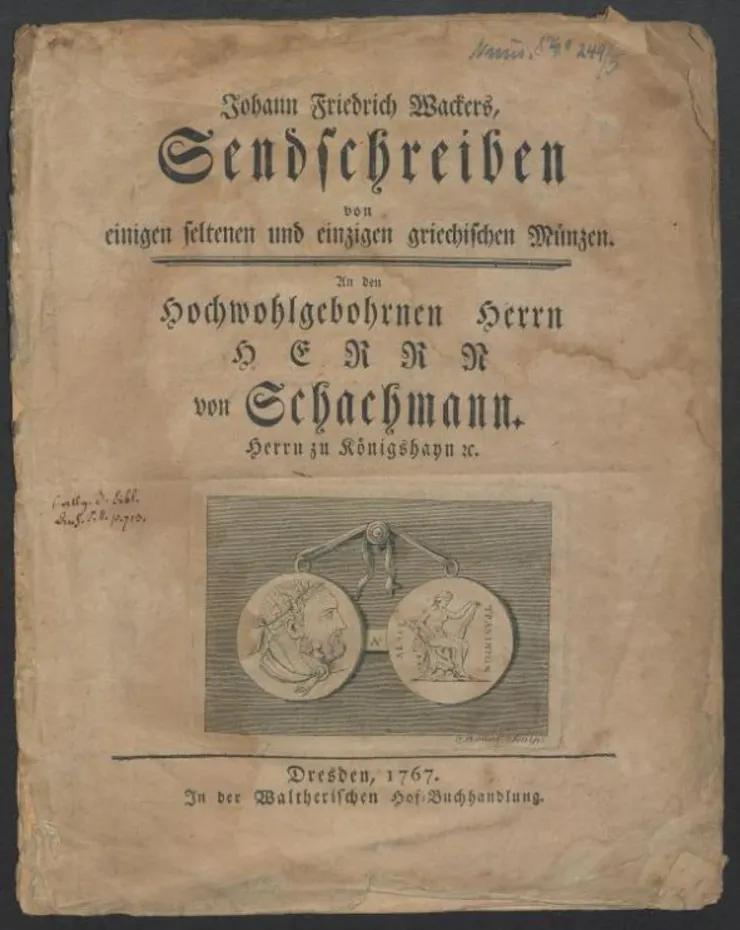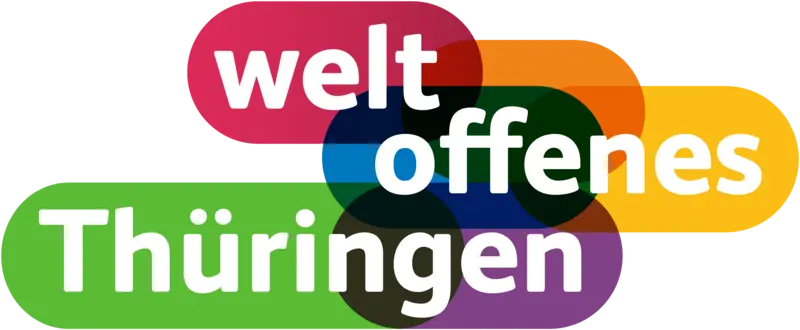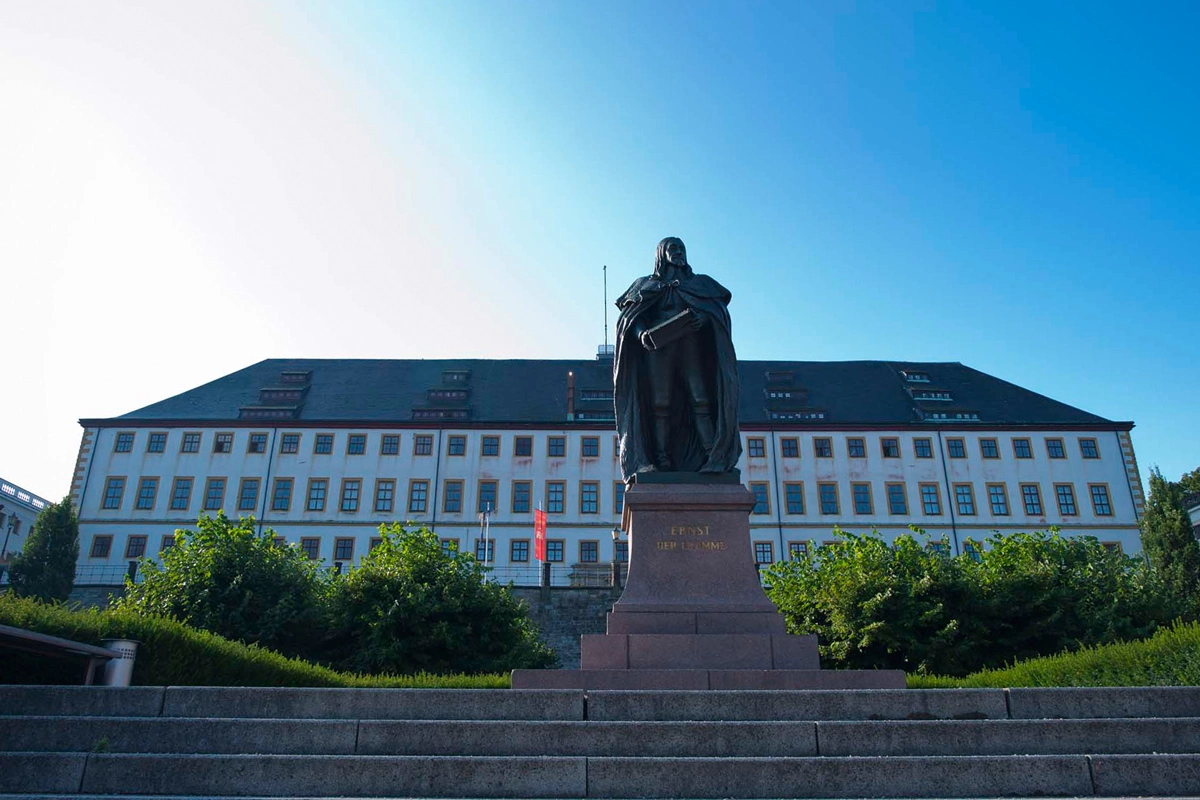Firstly, a joint application package is planned in the area of scholarly culture in the period around 1700, which has been increasingly perceived as a phase of upheaval and reorientation for some time. "We want to take care of correspondence," says Prof. Dr. Martin Mulsow, Director of the Gotha Research Centre, "which was conducted from Gotha and radiated throughout Europe. Indexing, digitisation and research are to complement each other." Secondly, a common focus is to be formed in the field of numismatics as one of the leading disciplines of early modern scholarship.
Focus on the "threshold period" around 1700: Gotha Research Library and Research Centre intensify their cooperation
Dr Kathrin Paasch, Director of the Gotha Research Library, explains: "In Gotha, we not only have a wonderful historical coin cabinet, but also numerous handwritten catalogues and a large numismatic library. Together, we want to tap into and research how coins were catalogued and what significance the collection had for the Gotha court and for other learned disciplines." Collecting coins was a matter of prestige for princes and nobles in the 17th and 18th centuries, but theologians, physicians or philologists also integrated coin illustrations into their books. The new focus is therefore entitled "Numismatics in Context".
Figure: Wacker, Johann Friedrich: Johann Friedrich Wackers, Sendschreiben von einigen seltenen und einzigen griechischen Münzen : An den .. Herrn von Schachmann. Herrn zu Königshayn [et]c. Sendschreiben von einigen seltenen und einzigen griechischen Münzen. Dresden [1767]

You are in the News section of the Language Centre.
Further news, press releases and current topics can be found on the "News" pages of the University of Erfurt.


